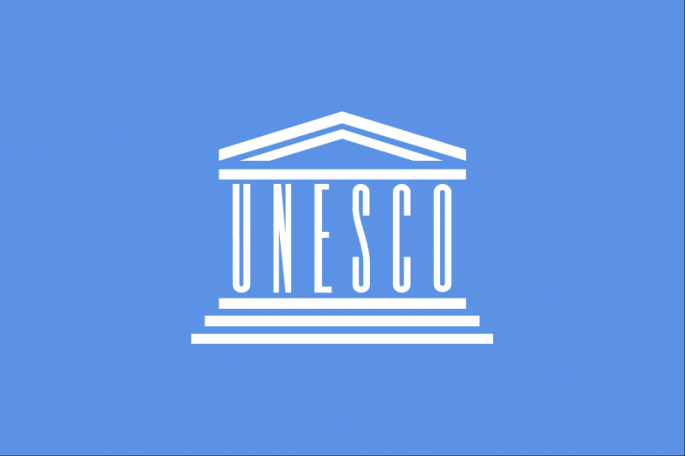China has officially entered documents from the Nanjing Massacre into UNESCO's Memory of the World Register.
According to the UNESCO website, "The documents consist of three parts: the first part concerns the period of the massacre (1937-1938), the second part is related to the post-war investigation and trials of war criminals documented by the Chinese National Government's Military Tribunal (1945-1947), and the third part deals with files documented by the judiciary authorities of the People's Republic of China (1952-1956)."
What exactly is the Memory of the World Register?
It is a database currently made up of 348 projects that have been deemed to have outstanding cultural or historical value, with the aim of preserving them in order to prevent collective amnesia. The initiative started in 1992.
Aside from the Nanjing Massacre documents, China has nine other entries in the database.
China's first entry, the Traditional Music Sound Archives, was included in the register in 1997. The UNESCO website says, "This is the world's most comprehensive collection of Chinese traditional music. It represents records of traditional music and folk music of more than 50 nationalities."
Another notable entry is the Ben Cao Gang Mu Compendium of Materia Medica, which was included in the register in 2011. It is considered "the most complete and comprehensive book ever written in the history of traditional Chinese medicine. It was compiled and written by Li Shi-zhen (1518-1593), a medical expert of the Ming Dynasty (1368-1644), over a period of 27 years, according to the UNESCO website.
China's most recent entry before the Nanjing Massacre documents is the Qiaopi and Yinxin Correspondence and Remittance Documents from Overseas Chinese, included in the register in 2013. The UNESCO website describes it as, "Letters, reports, account books and remittance receipts resulting from communications between Chinese emigrants overseas and their families in China."
It adds, "They constitute evidence of the Chinese international migration history and the cross-cultural contact and interaction between the East and the West."
Other Chinese entries in the register include the Records of the Grand Secretariat of the Qing Dynasty, Ancient Naxi Dongba Literature Manuscripts, Golden Lists of the Qing Dynasty Imperial Examination, Qing Dynasty Yangshi Lei Archives, Huang Di Nei Jing (Yellow Emperor's Inner Canon), and Official Records of Tibet from the Yuan Dynasty China, 1304-1367.



























